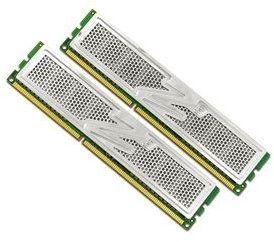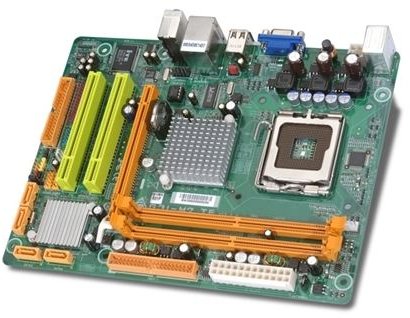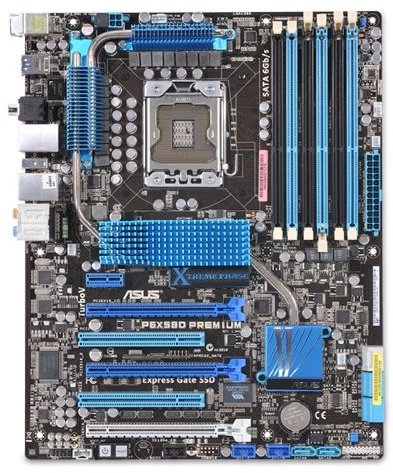All about Motherboard Memory Slots
In the early days of home computing, memory was hard wired into a computer. Upgrading the RAM meant waiting until you bought a new computer. Computer technology moved slowly back then so adding memory to a computer was not a big concern.
As computer technology began to move more quickly, the need to be able to upgrade a computer became more crucial to several computer-related industries. Memory slots on a motherboard fit the bill for an inexpensive, easy-to-use method of adding and replacing RAM in modern computers. Read on to learn more about upgrading RAM using motherboard memory slots.
What are Motherboard Memory Slots?
Motherboard memory slots are nothing more than the interface mechanism between RAM and the rest of a computer. Most motherboards ship with between 2 and 8 memory slots with 4 or 6 the typical complement.
Tabs at either end of each slot hold the memory module in place and ensure a consistent connection between the memory and the motherboard. To remove memory, you simply push each tab away from the memory module and pull the memory out. To replace a memory module, you simply push the memory firmly into the slot and push the tabs toward the memory module until they snap into place.
Form Factors and Memory Slots

Unfortunately, not all RAM is compatible with every memory slot. Each type of memory such as DDR2 and DDR3 need memory slots that are specially designed for their form factor. For example, DDR1 memory modules have 184 pins that make the connection between the module and the motherboard. DDR2 and DDR3 memory modules both have 240-pin configurations but have different notch positions so that DDR2 modules cannot be mistakenly inserted into a motherboard memory slot that only accepts DDR3 memory.
Each type of memory has standard CAS latencies that distinguish it from other types of RAM. However, some manufacturers exceed these latency timings to create premium memory. Typically, you can mix memory modules with different timings but the memory controller on the motherboard will default the memory’s speed to the lowest of the RAM inserted into the memory slots.
Conclusion

The memory slots on a motherboard are a convenient and inexpensive method of allowing computer owners the ability to replace or upgrade RAM. By simply pushing tabs on the slots in either direction, anyone can remove and insert memory. However, before you upgrade your RAM, be sure you get the right kind.
Memory slots on a motherboard typically accept only one type of RAM so you must take care to buy the RAM with the correct form factor. Mixing memory modules with different CAS latencies is usually OK as long as you understand that the memory will operate at the lowest speed of all the memory inserted in the motherboard’s memory slots.
